Understanding Epilepsy
Epilepsy makes your brain act abnormally and send unusual signals. This can result in seizures. Injury, sickness, and a number of 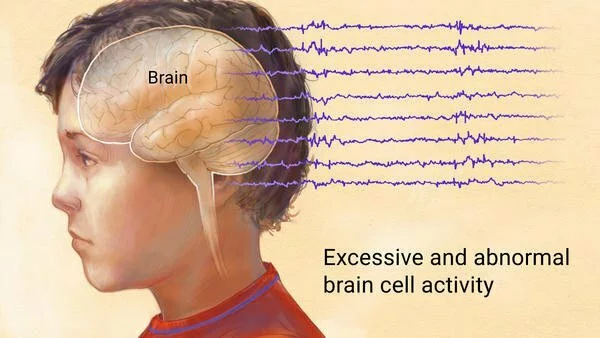 other reasons can cause seizures, but recurring seizures are symptoms of epilepsy.
other reasons can cause seizures, but recurring seizures are symptoms of epilepsy.
There are many different types of epileptic seizures. Several of them can be controlled with the right anti-seizure medications. In fact, 70 percent of people with epilepsy can control their seizures with proper medication.
If you are suffering from epilepsy, you’ll be glad to know there are many different anti-seizure drugs. However, the medication prescribed to you will depend on the type of epilepsy you have and several other factors.
Medications used for the treatment of seizures are known as anti-epileptic drugs, anti-seizure medications or AEDs. There are two types of AEDs: narrow-spectrum and broad-spectrum. Let’s have a look at all of the prescription AEDs in each category.
Here’s a comprehensive list of available epilepsy and anti seizure medications along with links to anti seizure medication prices that will help you save up to 90% off U.S. retail prices.
Narrow-Spectrum AEDs
If you regularly experience seizures in a specific part of your brain, narrow-spectrum AEDs will help. There are 17 narrow-spectrum AEDs, including:
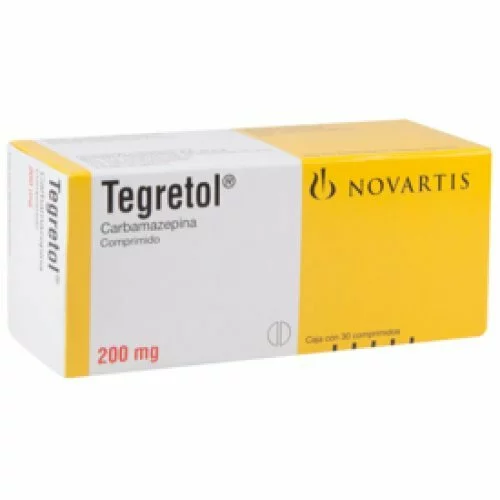 Carbamazepine (Epitol, Equetro, Carbatrol ER, Tegretol)
Carbamazepine (Epitol, Equetro, Carbatrol ER, Tegretol)
Generic carbamazepine (Epitol, Equetro, Carbatrol ER, Tegretol) helps treat seizures taking place in the temporal lobe. It can also be used to help with refractory, partial, and secondary seizures. Carbamazepine interacts with a variety of other drugs, so it’s important to tell your doctor about any other medications you’re taking to avoid any harmful side effects.
Clobazam (Onfi)
Generic clobazam (Onfi) is used to help prevent secondary, partial, and absence seizures. This narrow-spectrum AED also falls into the benzodiazepine category. Drugs in this category are often used for anxiety and sedation. The Epilepsy Foundation states children as young as two years old can take Clobazam. However, in some rare cases, this drug can result in serious skin reactions.
Diazepam (Valium)
Generic diazepam is known as brand name, Valium to many of its users. This commonly prescribed drug is a benzodiazepine and is used to help treat prolonged or cluster seizures. It is also very effective in the short-term treatment of every type of seizure. This makes it a popular anti-seizure drug in emergency situations.
Tolerance to Diazepam usually occurs in a few weeks, which means doses must be increased over time. The side effects of this widely used drug include nausea, tiredness, depression, loss of appetite, and unsteady walking. Hyperactivity and drooling are also common side effects in children.
 Divalproex (Depakote, Depakote ER)
Divalproex (Depakote, Depakote ER)
Generic divalproex (Depakote, Depakote ER) is prescribed to treat multiple, absence, partial, and complex partial seizures. It slows down nerve circuits by increasing gamma-aminobutyric acid levels within your body. This slowing down of the nerve circuits helps control seizures.
Eslicarbazepine (Aptiom)
Generic eslicarbazepine, also known as brand name: Aptiom, is used in the treatment of partial-onset seizures. By blocking sodium channels, it’s able to slow down nerve firing sequences and help control certain seizures.
Ethosuximide (Zarontin)
Generic ethosuximide (Zarontin) is an anti-seizure drug is used to treat childhood, juvenile, and atypical absence seizures,
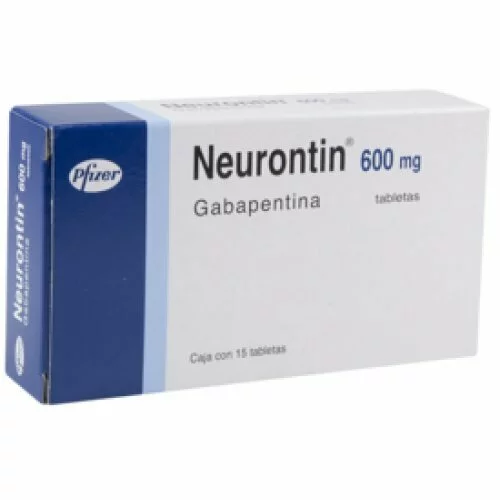 Gabapentin (Gralise, Horizant, Neurontin, Gabarone)
Gabapentin (Gralise, Horizant, Neurontin, Gabarone)
Generic gabapentin (Gralise, Horizant, Neurontin, Gabarone) has milder side effects than many other AEDs and is used in the treatment of partial seizures. Dizziness and fatigue are its most common side effects.
Lacosamide (Vimpat)
Generic lacosamide (Vimpat) is also used to treat partial seizures. This medication can be taken at home as an oral solution or oral tablet. An IV injection can also be received by a healthcare provider.
Methsuximide (Celontin)
Generic methsuximide (Celontin) is used to treat absence seizures when other medications or treatments don’t work. It works by slowing down your motor cortex. This makes it difficult for your brain to fire rapidly enough to start a seizure.
Oxcarbazepine (Oxtellar XR, Trileptal)
Generic oxcarbazepine (Oxtellar XR, Trileptal) is prescribed to help control focal seizures. It can be used to help treat adults and children as young as two years old.
Perampanel (Fycompa)
Generic perampanel (Fycompa) is used to help treat simple, complex,and refractory seizures. Doctors don’t fully understand how this anti-seizure drug works, but many believe it affects your brain’s glutamate receptors. Perampanel is effective, but it can have serious behavioral and psychiatric side effects.
Phenobarbital (Solfoton, Luminal)
Generic phenobarbital (Solfoton, Luminal) is one of the first seizure drugs ever used and is still prescribed for epilepsy to this day. It is used to treat tonic-clonic, partial, and generalized seizures. This drug is long-acting and effective at reducing convulsions related to seizures. It’s also a sedative, so its main side effects are drowsiness and tiredness.
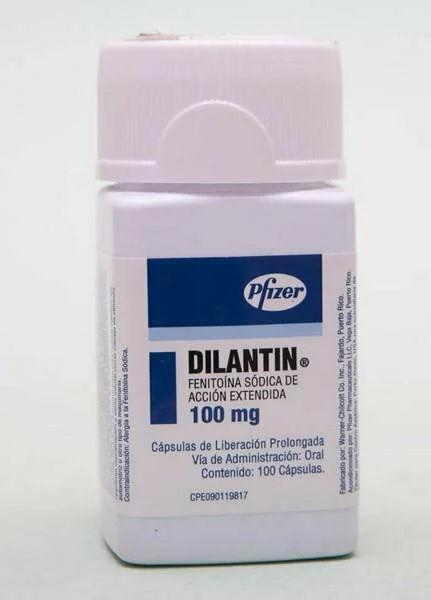 Phenytoin (Dilantin)
Phenytoin (Dilantin)
Generic phenytoin (Dilantin) is another commonly used anti-seizure drug with a long history of use. The medication is used to treat simple complex, and refractory seizures. It works by stabilizing your neuronal membranes. The result is a calming effect on your brain’s nerve firings.
Pregabalin (Lyrica)
Generic pregabalin (Lyrica) is used alongside other medications for the treatment of partial-onset seizures. This means it’s an additional treatment only.
Rufinamide (Banzel)
Generic rufinamide (Banzel) is also used as additional treatment. It’s taken with other medications to help treat seizures caused by Lennox-Gastaut syndrome. Unfortunately, it can interact with several drugs and cause unusual heart rhythms. For these reasons, it’s seldom used.
Tiagabine (Gabitril)
Generic tiagabine (Gabitril) is also considered an additional treatment. It’s used to help treat simple and complex partial seizures.
Vigabatrin (Sabril)
Generic vigabatrin (Sabril) is sometimes prescribed along with other drugs to help treat complex partial seizures. However, the use of this drug is highly restricted due to its serious side effects. One of these side effects is permanent vision loss. Doctors and pharmacies must have a special registration in order to prescribe and dispense the drug.
Broad-Spectrum AEDs
If you suffer from two or more types of seizures, your doctor may prescribe a broad-spectrum AED for treatment. Unlike narrow-spectrum AEDs, broad-spectrum AEDs are designed to help treat and prevent seizures in several parts of the brain.
There are 11 broad-spectrum AEDs, including:
Clonazepam (Klonopin)
Generic clonazepam (Klonopin) is used to treat akinetic, myoclonic, absence, and several other types of seizures. It’s a long-acting benzodiazepine that’s popular for its ability to treat a diverse range of seizures.
Clorazepate (Tranxene-T)
Generic clorazepate, also known as brand name: Tranxene-T, clorazepate is also a benzodiazepine and used alongside other medications to help treat partial seizures.
Ezogabine (Potiga)
Generic ezogabine (Potiga) is an additional treatment used for complex partial, refractory, and generalized seizures. The secondary drug works by activating potassium channels and stabilizing the ring of your neurons.
This AED can damage your retina and cause long-term harm to your vision. For this reason, it’s only used as a last resort when other medications aren’t working. If you are prescribed Ezogabine, you will be required to have an eye exam twice a year. If the drug doesn’t help treat your seizures, your doctor will cancel the treatment and try another AED to prevent any eye problems.
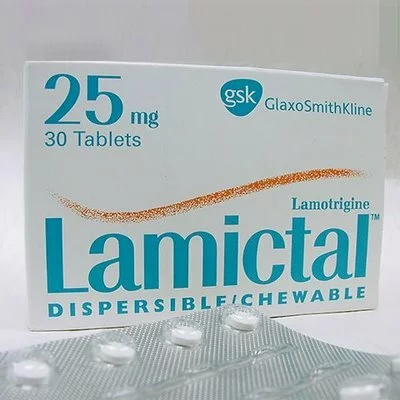 Felbamate (Felbatol)
Felbamate (Felbatol)
Genereic felbamate (Felbatol) is used to help control nearly every type of seizure. However, it can have serious side effects such as liver failure and anemia. Due to this, it’s only prescribed for people who haven’t had success with other treatments. Fellbamate can be used in combination with other medications or by itself as a single therapy.
Lamotrigine (Lamictal)
Generic lamotrigine or Lamotrigine Xr (Lamictal) has shown to help treat a wide variety of epileptic seizures. Unfortunately, use of the drug has been linked to Stevens-Johnson syndrome. This rare skin condition can include several serious symptoms such as the shedding of your skin.
Levetiracetam (Spritam, Keppra)
Generic levetiracetam (Spritam, Keppra) is often the first medication prescribed to treat absence, atypical, generalized, partial, a many other types of seizures. In fact, according to the Pharmacopoeia of Prophylactic Antiepileptic Drugs, it can be used to treat idiopathic, focal, symptomatic, and generalized epilepsy in adults and children of all ages. It’s effective and has fewer side effects than other epilepsy drugs.
Lorazepam (Ativan)
Generic lorazepam (Ativan) is a type of benzodiazepine used to treat critical, prolonged seizures.
Primidone (Mysoline)
Generic primidone (Mysoline) is prescribed to help treat juvenile myoclonic epilepsy. It also treats tonic-clonic, myoclonic, and focal seizures.
Topiramate (Trokendi XR, Qudexy XR, Topamax)
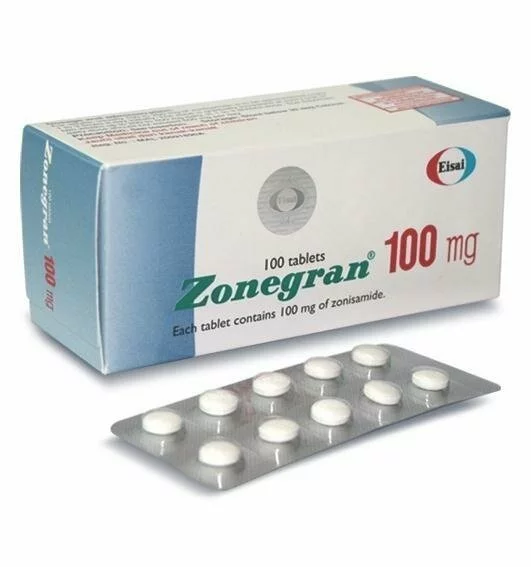 Generic topiramate (Trokendi XR, Qudexy XR, Topamax) is used by itself or alongside other AEDs to help treat a wide-variety of seizures in both children and adults.
Generic topiramate (Trokendi XR, Qudexy XR, Topamax) is used by itself or alongside other AEDs to help treat a wide-variety of seizures in both children and adults.
Valproic acid (Stavzor, Depakene, Depacon, Depakote)
Generic valproic acid (Stavzor, Depakene, Depacon, Depakote) is a broad-spectrum AED that is commonly used and approved to help treat nearly all types of seizures. Like Topiramate, it can be used by itself as a single treatment or in conjunction with other anti-seizure medications. Valporic acid works by increasing your body’s GABA levels. This helps calm down and suppress random nerve firings.
Zonisamide (Zonegran)
Generic zonisamide (Zonegran) is sometimes prescribed to treat partial seizures and other forms of epilepsy. Unfortunately, its side effects can be serious. Some of these side effects can include weight loss, kidney stones, and cognitive issues.
Discuss AEDs with Your Doctor
Before you take an AED, discuss them with your doctor and learn about the different side effects they can cause. Use this reference as a starting point to learn more about seizure drugs. By doing so, you’ll be better prepared to work with your doctor and help choose the best AED options for you.
